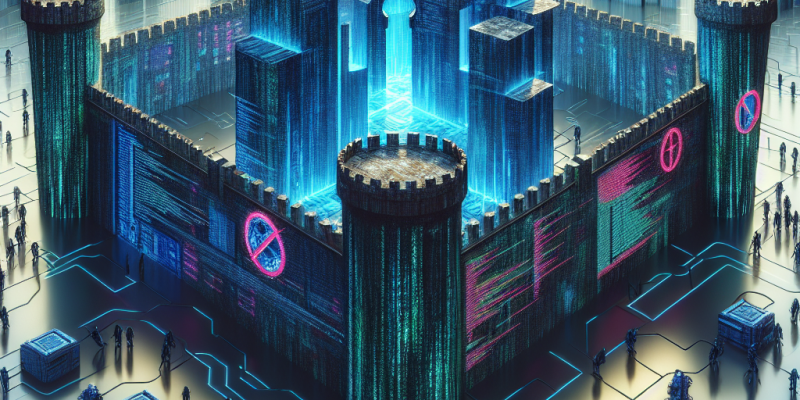The Role of Zero Trust Architecture in 2025 Endpoint Security

The Role of Zero Trust Architecture in 2025 Endpoint Security
As we move further into 2025, the landscape of cybersecurity is evolving rapidly. With increasing threats and sophisticated cyberattacks, organizations must reconsider how they protect their endpoints—computers, mobile devices, and servers. One approach gaining significant attention is Zero Trust Architecture (ZTA). This article explores the role of ZTA in enhancing endpoint security in 2025.
Understanding Zero Trust Architecture
Zero Trust is a security model based on the principle that no user or device should be trusted by default, whether inside or outside the organization’s network. Instead, every access request must be verified, authenticated, and authorized before allowing access to resources. This strategy shifts the focus from traditional perimeter security to securing users, devices, and data, regardless of their location.
Why Zero Trust in Endpoint Security?
-
Increasing Endpoint Vulnerabilities: As more devices connect to corporate networks—especially with the rise of remote and hybrid work models—attack surfaces have expanded significantly. Each device poses a potential risk. ZTA helps to minimize these risks by continually verifying the identity and security posture of each endpoint.
-
Enhanced Data Protection: With data breaches becoming more common, protecting sensitive information is critical. Zero Trust enforces strict access controls, ensuring that only authorized users can access specific data. This limits exposure and reduces the chances of data leaks.
-
Mitigating Insider Threats: Not all threats come from outside the organization. Insider threats—whether intentional or accidental—can be just as damaging. The ZTA model monitors user behavior and can detect anomalies, helping to identify potential insider threats before they cause harm.
-
Adapting to Hybrid Work Environments: As remote work continues to be a norm, employees access corporate networks from various locations and devices. ZTA provides a flexible yet secure way to manage these diverse access points. Continuous authentication and validation ensure that only trusted devices and users can connect to sensitive systems.
Key Components of Zero Trust for Endpoint Security
To effectively implement Zero Trust in endpoint security, organizations should focus on several key components:
-
Identity and Access Management (IAM): Utilizing robust IAM solutions ensures that user identities are verified and managed effectively. Multi-factor authentication (MFA) is a critical aspect of this component, adding an extra layer of security.
-
Device Security Posture Management (DSPM): Organizations must assess and ensure that devices are secure before allowing them access. This includes checking for up-to-date software, compliance with security policies, and detection of any vulnerabilities.
-
Microsegmentation: By segmenting the network into smaller, manageable sections, organizations can limit access and control data flow. If a breach occurs in one segment, it can be isolated, preventing the threat from spreading.
-
Continuous Monitoring: Zero Trust is not a set-it-and-forget-it model. Continuous monitoring and analysis of user activity and device behavior are essential for identifying potential threats in real time.
Challenges in Implementing Zero Trust
While the benefits of Zero Trust Architecture are clear, organizations may face challenges when implementing it:
- Cultural Resistance: Employees may resist changes to how they access resources. Effective communication and training are essential to address concerns.
- Complexity and Cost: Designing and deploying a Zero Trust framework can be complex and resource-intensive. Organizations need to plan effectively and possibly invest in new technologies.
- Integration with Existing Systems: Many organizations have legacy systems that may not easily integrate with ZTA. Careful planning is necessary to ensure all components work together seamlessly.
Looking Ahead
As we progress through 2025, the importance of Zero Trust Architecture in endpoint security will only increase. In a world where cyber threats are constantly evolving, adopting a Zero Trust approach can provide organizations with the robust security they need to protect their endpoints, data, and ultimately, their reputation.
In summary, Zero Trust is more than just a trend; it is a critical strategy for organizations looking to enhance their cybersecurity posture. By focusing on identity verification, device security, and continuous monitoring, organizations can defend against evolving threats effectively. Embracing Zero Trust in endpoint security should be a top priority for businesses aiming to stay secure in today’s digital landscape.














